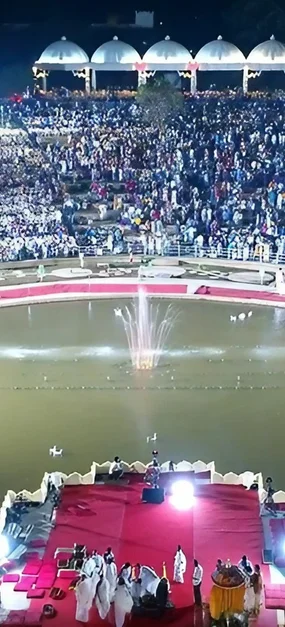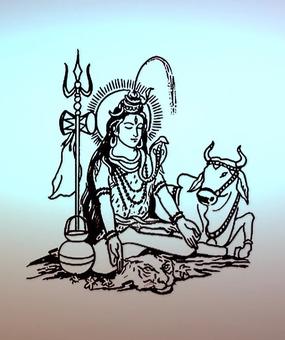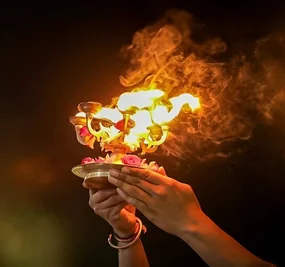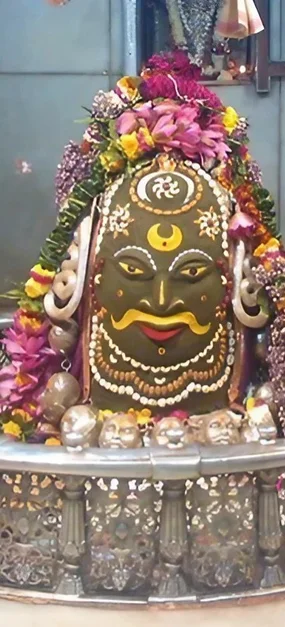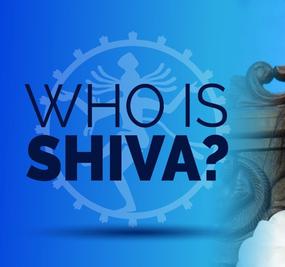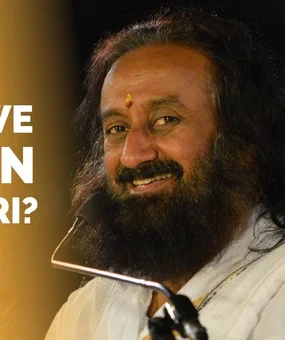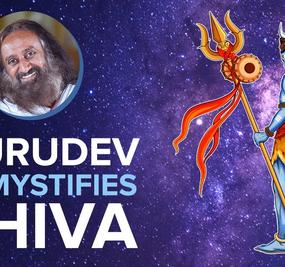Most children in India grow up listening to stories of different gods, goddesses and their avatars (bodily forms). Whether it be Shiva, Vishnu, or the Devi, there are different scriptures that cater solely to that particular god or goddess and tell stories about their miracles. These scriptures are called Puranas.
In Vedic Literature, the word Purana or Puraan is made up of two words – Pura (Town) and Nava (New). The literal meaning of Purana is the knowledge which is new in town. And even though these stories are quite old, the knowledge that we derive from their symbolism works in our day-to-day lives as well.
So, check out the following Shiva stories to find out the hidden symbolism that you may not have heard before.
The story of shiva-linga
At the beginning of creation, the energies of Brahma and Vishnu were born. After they came to be, both energies were curious as to who they were and why were they born. Suddenly, they saw a pillar of light that continued vertically and seemed to be endless. So, both Brahma and Vishnu decided to find out who they are. And they should first find out who/ what is this pillar of light/ energy.
Brahma decided to go upwards to find out the head and Vishnu decided to go downwards to locate the feet. They both kept going on and on but it seemed that this pillar of light was infinitely long. After one point in time, they both decided to return to where they had started.
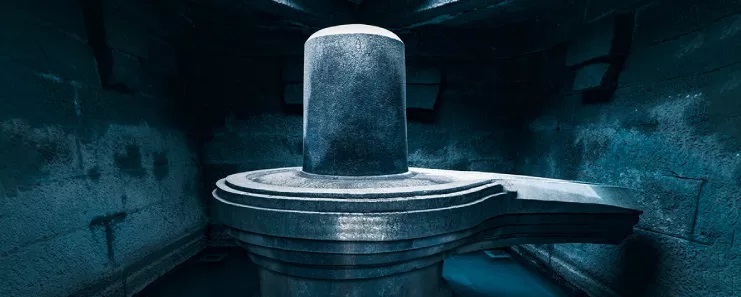
When they came back, Brahma and Vishnu shared that this pillar was endless. That pillar was denoted as the Shiva Tattva (energy) and the origin of Shiva. It was also the origin of Shiva lingam, the symbolic manifestation of the Shiva tattva. Even today, a Shivalinga can be found in every Shiva temple. This Shivalinga denotes that the Shiva energy is endless, there is no shape to it, and it is all-pervading – in every atom and particle of the universe. So, Shiva is the tattva or essence of which the universe is made up of. And a Shivalinga is the symbolic presence of ‘that infinite nature of Shiva’.
How goddess parvati became goddess annapoorna
When Lord Shiva got married to Goddess Parvati and they first came to Kailasha, she found out that all Shiva Ganas (devotees of Lord Shiva living in Kailasha) were used to living in their ways and being in their bliss. Some would meditate, some would do their work, and some would be busy doing some other form of sadhanas (spiritual practices). And Shiva himself would always be in meditation. Everyone lived the life of a yogi (ascetic). Nobody cared for grooming, hygiene, and even food. They were all living the bachelor’s life.
Goddess Parvati saw all of this and was quite surprised. To change it, she first decided to set up a kitchen. She materialized different utensils and formed a kitchen and then started asking the ganas for raw materials and other things required to cook food. The ganas objected that they did not need a kitchen as they were used to eating raw fruits and kandhamoola (roots and mushrooms). The ganas were not happy with the change in things, but Goddess Parvati insisted on making cooked food for everyone.
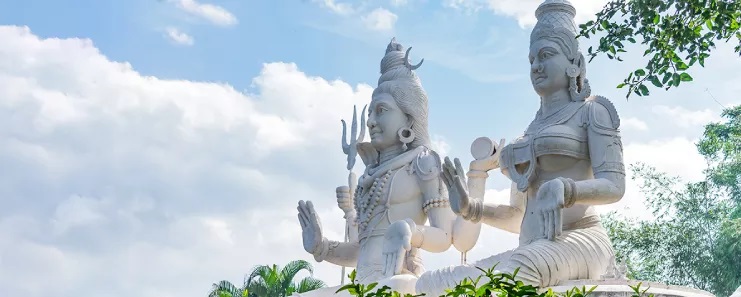
As the cooking started, it brought up different noises. The grumbling of ganas and cooking noises ended up disturbing Lord Shiva’s meditation as well. When he came to see what was happening, even Lord Shiva felt that there was no need for a kitchen.
When he expressed his wish of not having a kitchen to Goddess Parvati, she asked, “Are you sure?”
“Yes, I am sure,” replied Shiva.
“Okay, we will see,” said Goddess Parvati and left that place.
Goddess Parvati is the embodiment of prakarti (creation) and is manifest of all the things that we can see, smell, touch, and feel. As soon as she left, an aroma of cooked food started permeating the Kailasha, making all the ganas feel hungry. As they started feeling the pangs of hunger even Shiva started feeling the same because a lord feels what his devotees are feeling.
For the second time, Shiva’s meditation was disturbed as he was surprised to notice the hunger rise in him. He checked with the ganas and found out that everyone was feeling hungry. But when they went to the kitchen, they realized that it was empty of all food.
Lord Shiva is the embodiment of compassion. Since his devotees were hungry, he went out of Kailasha in search of Goddess Parvati as it was only her who could quench their hunger. After searching the entire creation, the lord found the Goddess in Kashi. Taking the form of Vishwanath (God of earth), he went to Goddess Parvati and asked for food for his devotees. The goddess was also compassionate and took the form of Goddess Annapoorna. After assuming that form, she gave all the food to Lord Shiva, who distributed it to all the ganas and other beings in the universe.
This story is depicted in the Annapoorna Ashtakam and from that comes the mantra which is often recited before consuming food.
अन्नपूर्णे सदापूर्णे शङ्करप्राणवल्लभे ।
ज्ञानवैराग्यसिद्ध्यर्थं भिक्षां देहि च पार्वति
Annapoorne sada poorne, Shankar-prana-vallabhe
Gyan vairagya siddhy-artham bikhshama dehi cha Parvati
Annapoorna, the goddess which is the embodiment of eternal fullness, the one who is most dear to Shankara,
Oh Goddess Parvati, give me the alms of your grace with which spiritual knowledge, dispassion, and perfection will arise in me.
माता च पार्वती देवी पिता देवो महेश्वरः
बान्धवाः शिवभक्ताश्च स्वदेशो भुवनत्रयम्
Mata cha Parvati devi, Pita devo Maheshwara
Bandhava shiv bhakta-ascha svadesho bhuvantarayam
Goddess Parvati, who is my mother, and Lord Maheshwara, who is my father,
All human forms in the three worlds, the devotees of Lord Shiva are my friends.
With this mantra, we invoke the embodiment of nature and food (Goddess Parvati) and the lord of all universe (Lord Maheshwara) and remember the universal community of brotherhood that we are a part of. This feeling of oneness in society is remembered every time one chants this mantra before eating.
Why ganesha’s head was chopped off by shiva
After Goddess Parvati created Ganesha, she went to take a bath and put Ganesha in charge of manning the door, asking him to not let anyone in. When Shiva came to meet Parvati, Ganesha did not recognize that Shiva was his father and did not let him in. Shiva cajoled and argued with Ganesha but it was to no avail. In anger, Shiva chopped off his head.
Goddess Parvati, upon realizing what had happened became grief-stricken by the death of her younger son. She prayed to Lord Shiva to make it right. The other deities searched the universe for a solution and found an elephant who had sought a boon to be born as the son of Lord Shiva. That elephant’s head was taken and placed on Ganesha’s torso and from there, the God with the elephant head was born.

This story is quite popular and told to every child growing up in India. However, there is a deep symbolism in this story that is often missed.
Lord Shiva is the embodiment of parmananda (eternal formless bliss) and Goddess Parvati is the embodiment of jeeva (the body form). The union of Shiva and Parvati could not happen because of the ego (Ganesha). It was the ego, whose identification with only the body form and the world did not allow it to recognize the infinite bliss. This identification is called Avidya or ignorance of the Self. Because there was no knowledge, Ganesha could not identify the Shiva. It is then that the ego is destroyed by the bliss. With the prayer of jeeva, when the mind is filled with knowledge, it is then able to recognize the bliss element and the union of jeeva and Shiva is complete.
There are numerous stories like these in the different Puranas and there is deep symbolism associated with every one of them. Tales for the young and old is one book by Acharya Ratnananda which consists of these stories along with their symbolic meaning. This book can be found in The Art of Living app and those stories can enrich the knowledge of your children and teens.



